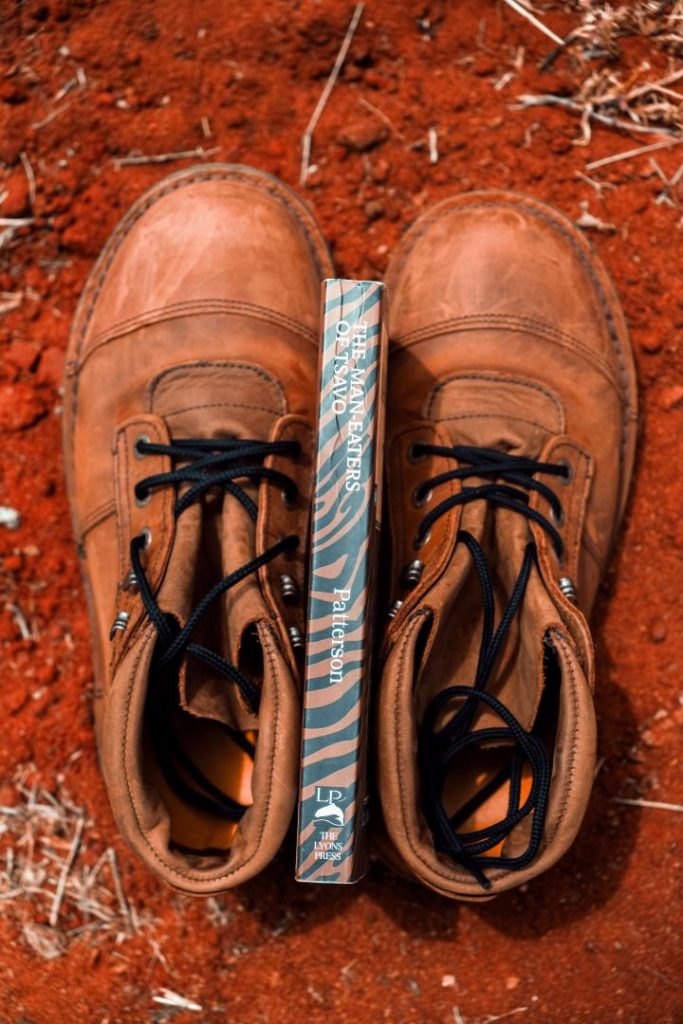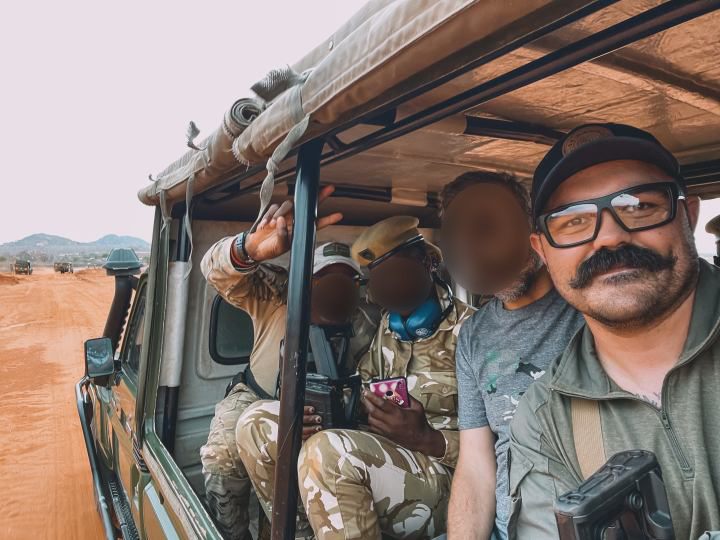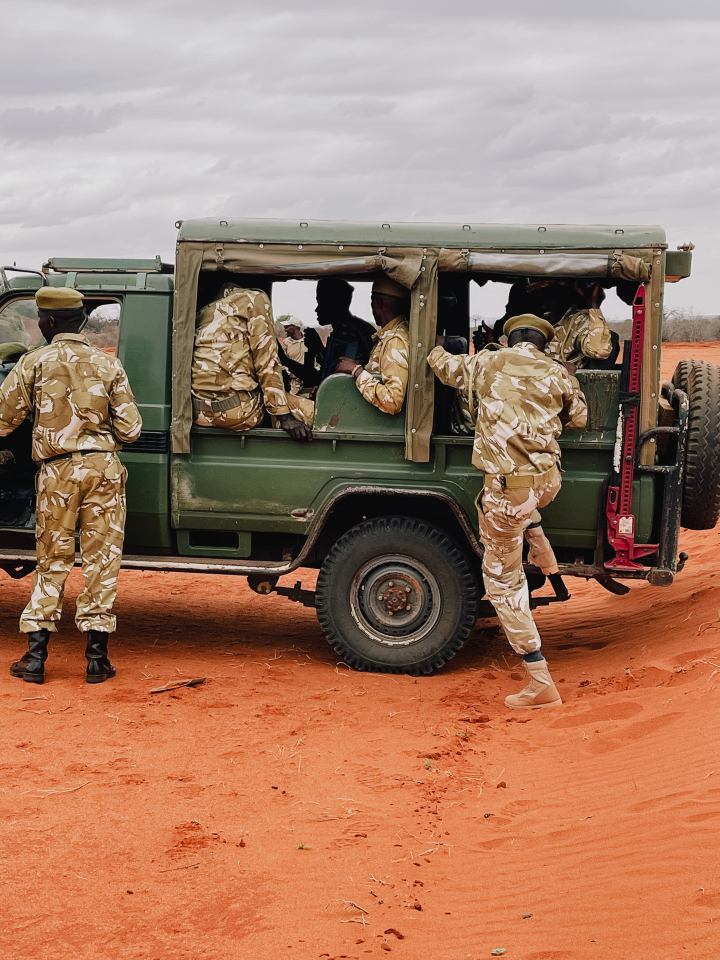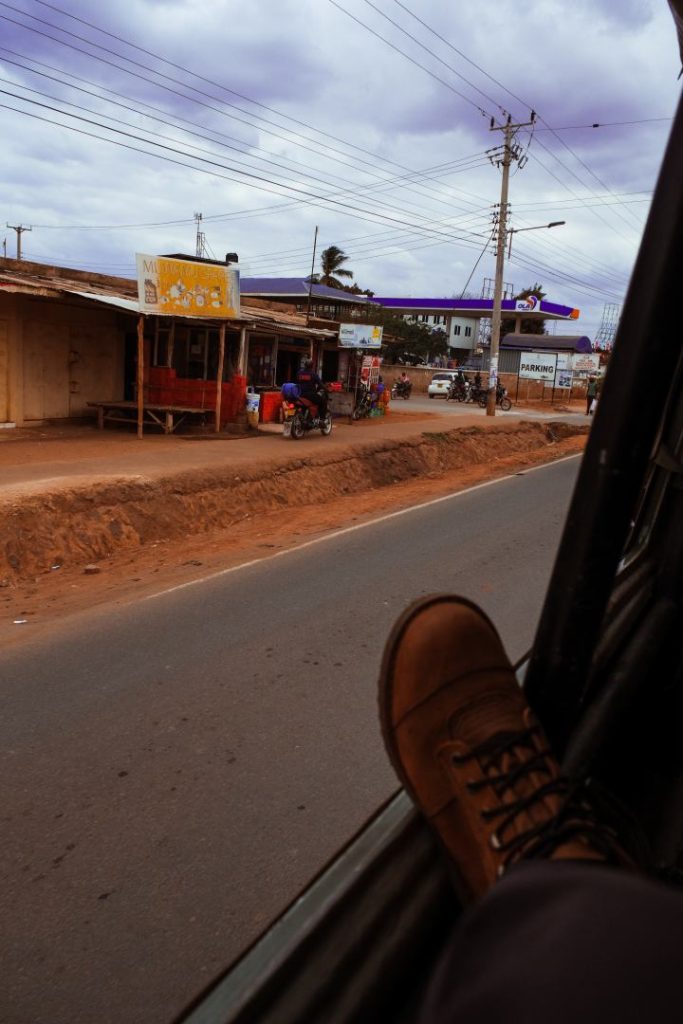


 For many of my American peers, their first brush with the vast, enigmatic expanse of Africa came through the colorful pages of National Geographic Kids or the captivating scenes of Disney’s The Lion King. My introduction, however, was far from this conventional path. At a mere seven years old, I was enthralled by the film “The Ghost and The Darkness.” The tale of the Tsavo Man-Eaters, two notorious lions, has been immortalized in Colonel John Henry Patterson’s 1907 book, “Man-Eaters of Tsavo.”
For many of my American peers, their first brush with the vast, enigmatic expanse of Africa came through the colorful pages of National Geographic Kids or the captivating scenes of Disney’s The Lion King. My introduction, however, was far from this conventional path. At a mere seven years old, I was enthralled by the film “The Ghost and The Darkness.” The tale of the Tsavo Man-Eaters, two notorious lions, has been immortalized in Colonel John Henry Patterson’s 1907 book, “Man-Eaters of Tsavo.” But my insatiable curiosity about these lions could not be helped so I begged, borrowed, and stole my way to a bookstore two towns over. Sensing my genuine interest, the introspective owner went out of her way to find and order the book for me. That act of kindness left an indelible mark. Since then, I’ve always had a version of that book with me, it reminds me to appreciate life’s intricate tales. I’ve become a giver of books, sharing stories that resonate, much like the one that began my journey into East Africa.
But my insatiable curiosity about these lions could not be helped so I begged, borrowed, and stole my way to a bookstore two towns over. Sensing my genuine interest, the introspective owner went out of her way to find and order the book for me. That act of kindness left an indelible mark. Since then, I’ve always had a version of that book with me, it reminds me to appreciate life’s intricate tales. I’ve become a giver of books, sharing stories that resonate, much like the one that began my journey into East Africa. Not as a sightseeing tourist, but training Kenya’s elite Anti-Poaching Rangers for the Wildlife Service. Passionate about conservation and deeply against poaching, this opportunity aligned perfectly with my values. As I geared up for the trip, I delved into area studies, world factbooks, and the most essential preparation, equipment lists.
Not as a sightseeing tourist, but training Kenya’s elite Anti-Poaching Rangers for the Wildlife Service. Passionate about conservation and deeply against poaching, this opportunity aligned perfectly with my values. As I geared up for the trip, I delved into area studies, world factbooks, and the most essential preparation, equipment lists. Throughout meetings with Generals, Embassy staff, and partners in the country, I never had a second thought that my African Rangers were out of their element. Make no mistake these are built for the bush but damn if they don’t look good in an office too. With over fifteen years of experience in boots – from deployments and rugged terrains to hunting and mountaineering – I can vouch for these boots in hot climates. Their resilience is unmatched, a crucial trait in my line of work. What surprised me was their ability to keep my feet cool.
Throughout meetings with Generals, Embassy staff, and partners in the country, I never had a second thought that my African Rangers were out of their element. Make no mistake these are built for the bush but damn if they don’t look good in an office too. With over fifteen years of experience in boots – from deployments and rugged terrains to hunting and mountaineering – I can vouch for these boots in hot climates. Their resilience is unmatched, a crucial trait in my line of work. What surprised me was their ability to keep my feet cool.
Not a member? Create an account
Already got an account? Sign in here
I, too have left sweat and blood in the bush over a half century of bushwhacking. There is no substitute for good footwear. I purchased a pair of the AR “barefoot” boots and liked them so much that I immediately purchased a pair with “normal” heels. Everything is getting more expensive these days. It’s great to find such a good value. I can recommend these without reservation.
Great story! I too love these boots and enjoy the history and conservation behind them